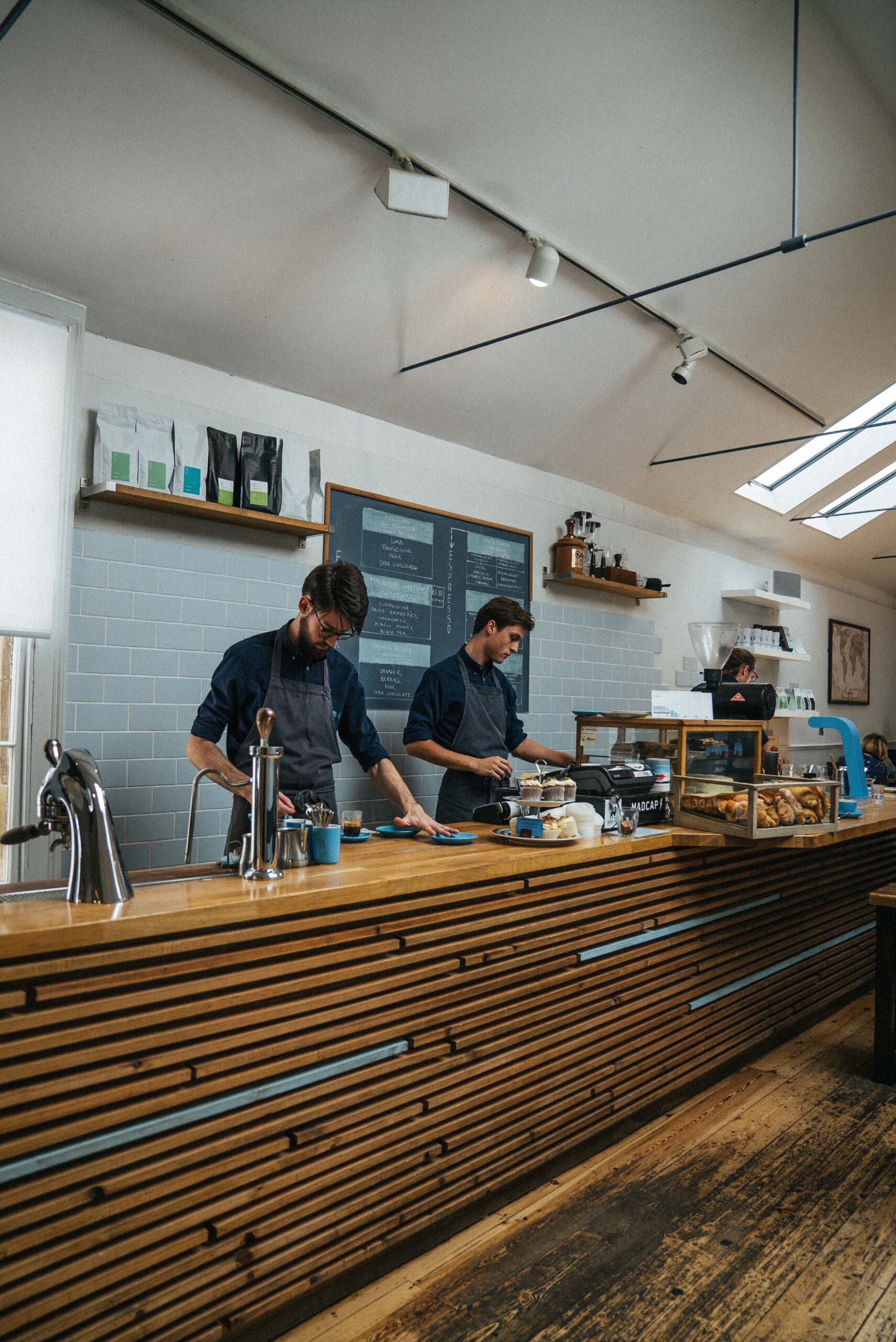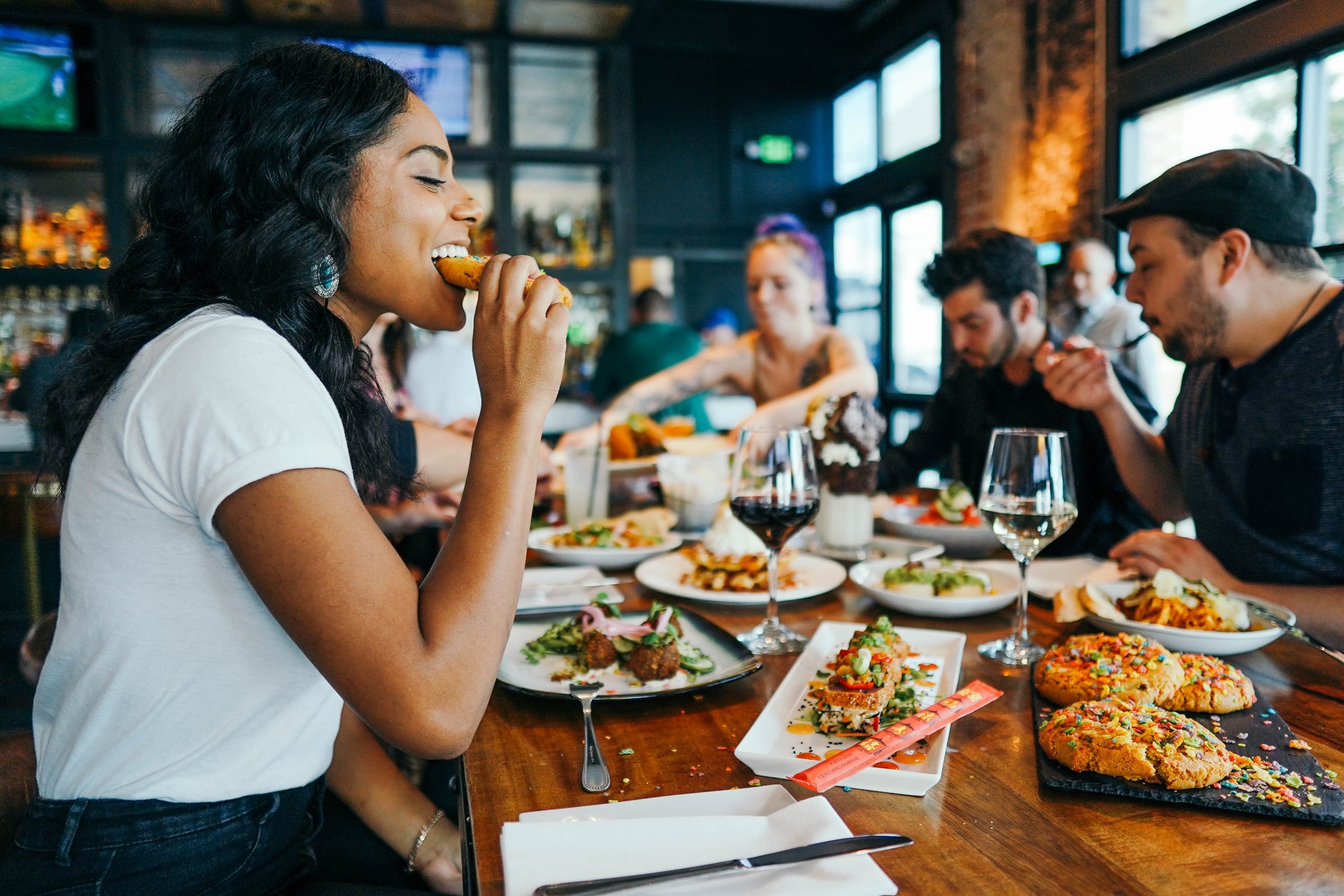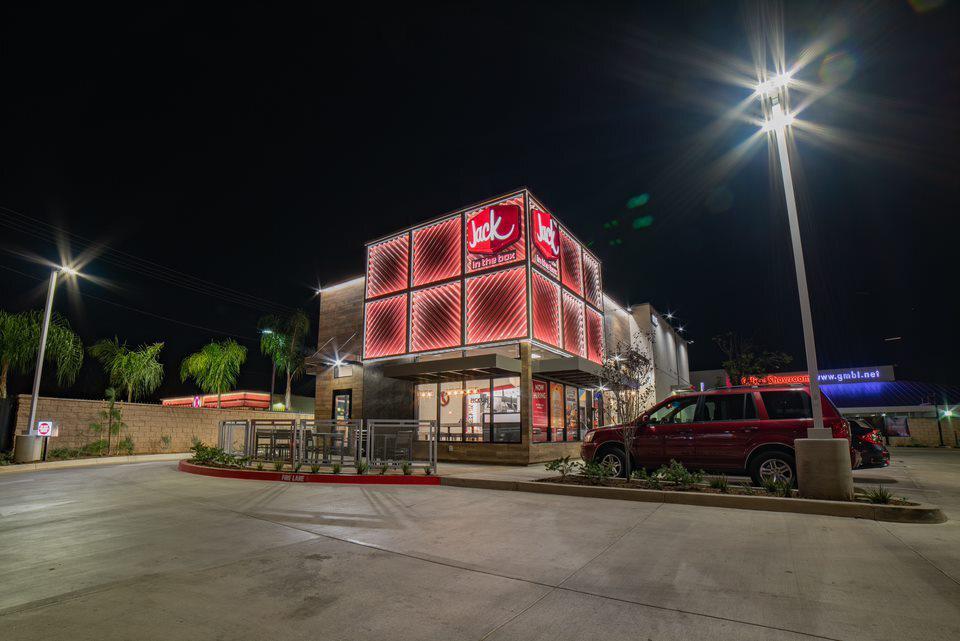Photo by Andrea Piacquadio
Starting a new business can be a daunting task, but it can be easier if you have a plan. A written business plan is an important tool that helps manage your company and keep you on track with your goals. It will help you determine what type of company you want to run and how best to reach those goals. A good plan should also analyze the financials, operations, and market conditions. It’s not just about writing down numbers – it’s about understanding them so that you can make informed decisions about how best to move forward!
The Importance of a Written Business Plan
By Dom Hemingway
You’ve got a great idea for a business, but you need funding. Or maybe you want to keep your company on track by establishing an established plan? Either way, no question that having a written business plan will help propel your venture forward.
A written business plan is a must-have for any new business.
The first step in starting any new business is creating a business plan. A good business plan will help you define your goals, strategies, and objectives for your company’s future. The right business plan can be a roadmap to help achieve those goals.
A written business plan is also essential to secure funding from investors or lenders! In addition, a well-written document can help convince people that you are serious about taking risks and making changes to grow their investment as quickly as possible.Starting a new business requires a lot of thought and research. A well-written business plan is an essential element that can help you reach your goals, so it’s important to give this document the attention it deserves.
The following steps will help you create an effective, comprehensive plan:
Research the market. Before committing to your idea, make sure there’s room for growth in the industry and that there are no existing competitors who could undercut you or drive away customers.
Write down all ideas for how your company will operate and how it will make money (i.e., what kind of product or service do you want to offer customers?). This section of your plan includes information about who will be running the company, where funds will come from, how much money you need to start up operations, and whether there are legal issues related to registering as an LLC or other business entity). It also includes information about what kind of employees are needed for specific tasks–and whether those people currently exist within your network!
A written document acts as a road map for your company’s future.
A business plan helps you make early decisions about the future. It also allows you to make better decisions and avoid mistakes, problems, and pitfalls.
A good plan analyzes the financials, operations, and market conditions.
A good business plan should include a financial analysis of the income statement, balance sheet, and cash flow statement. It should also include an operations analysis outlining the business’s marketing strategy, sales plan, and distribution channels. This section will help you understand how to conduct these analyses successfully.
A good plan must also analyze market conditions—what they are and how they might change over time. Understanding market size is essential to your success: If there’s not much of a market for what you’re selling, then it won’t matter how great your product or service is because no one will buy it. So, in addition to analyzing current market conditions (size), predict future trends that may affect these conditions so that you can adjust accordingly for future changes in demand for your goods or services.
The executive summary
The executive summary should introduce critical players in the venture. In addition, it should include a description of the business, the business plan, and how you will implement it.
The executive summary should be able to stand alone and give investors an overview of your company’s goals, methods, and management team.
Identify your customers
It would be best to outline who your customers are and describe your brand. What do you want your business to be known? What type of person is your catering customer? For example, what image comes to mind when someone looks at your work if you’re selling artwork? Are they buying it to hang on their wall, or are they buying it as an investment piece?
You can answer these questions by creating a brand profile that describes your qualities and those who buy from you.
You must include information on financing requests, use of funds, and exit options.
If you’re seeking funding for your business, it’s crucial that you include your financial request in your plan. The financial presentation will give potential investors an idea of how much money is needed to get the company up and running. You should also include a breakdown of where you intend to use the funds and the percentage allocated for each plan section.
Return on investment (ROI) is another aspect you will address in a written business plan. This term refers to profitability, or how much profit a company can generate after considering expenses. It’s essential for investors considering putting money into your company to know how much return they’ll receive on their investment compared with other opportunities available at the time. This information will help them make an informed decision about whether or not they should invest in yours specifically.
It should also discuss challenges and opportunities, projections, and more.
A business plan should also discuss opportunities and challenges. Then, it should explain how you plan to overcome those challenges or exploit those opportunities. Finally, the plan should also include projections—a forecast of what your company’s performance will look like in the future. If you are seeking funding, you may need to provide more detail in the financial section than you would if you were using it internally as a planning tool. A business plan differs from an investor presentation in that a business plan focuses on how your company will succeed. In contrast, an investor presentation focuses on how much money investors will make. The financials should be detailed and quantitative if you are trying to raise capital from angel investors or venture capitalists. On the other hand, if you are only trying to obtain financing from friends or family members for your startup idea, then having more of an overview may suffice.
Executive Summary
The executive summary should be able to stand alone and give investors an overview of your company’s goals, methods, and management team. The executive summary is a summary of your business plan. It should be able to stand alone and give investors an overview of your company’s goals, methods, and management team. It should not include any confidential information or data.
The executive summary should be no more than two pages in length. If more information is needed, you can expand in later sections of the plan, such as the market analysis or financial forecasts section.
It’s important not just for investors considering investing in your company but also for potential partners or employees who may read through it before deciding whether they want to work with you or invest their time (and possibly money) into helping you succeed as an entrepreneur.
Operations Explanation
You need to be able to explain how your business will operate at the most basic level to get funding and grow your company.
A written business plan is a fundamental tool that helps you to explain how your business will operate at the most basic level. The document should include: An overview of the company, its products or services, the market, and whether there are any competitors. As a new company, it’s crucial to clearly define who your customers are and how you will reach them.
A description of each part of your operations — finance, marketing, sales, operations (production) — with details on how each area supports others within the organization in achieving goals for growth and profitability.
Use of funds: How much money do you need? How long before investors get their returns? What exit options do they have? Challenges and opportunities: Is there room for growth within this industry or niche market? Projections: Financials (income statements/profitability ratios)
Conclusion
Starting a new business can be a daunting task, but it can be easier if you have a plan. A written business plan is an important tool that helps manage your company and keep you on track with your goals. It will help you determine what type of company you want to run and how best to reach those goals. A good plan should also analyze the financials, operations, and market conditions. It’s not just about writing down numbers – it’s about understanding them so that you can make informed decisions about how best to move forward!










